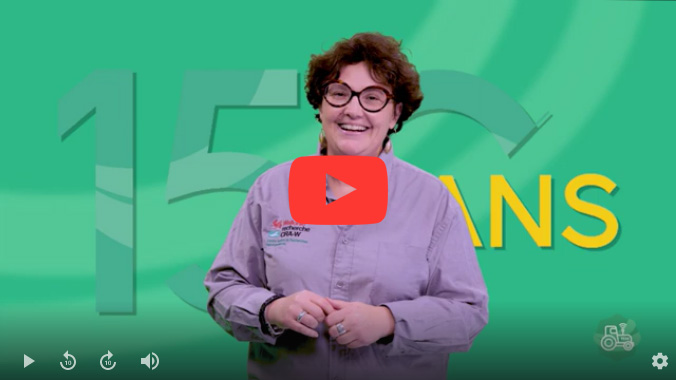Agriculture, in perpetual evolution
Throughout the ages, the mass selections operated in the past by growers and the incessant work of breeders have generated new varieties and developed new crops, while some of them disappeared and were eclipsed.
A logical process, because agriculture is always trying to adapt to changes in the economic, societal and climatic context.
On the other hand, for nearly a century, a sudden disappearance of hundreds of heritage varieties has taken place in our countryside and throughout the world. An enormous treasure trove of biodiversity, created and cultivated by generations of men and women, has practically disappeared.
Indeed, the rapid industrialisation of agriculture has caused a drastic reduction in local varieties and breeds, once well suited to our regions.
While in CRA-W collections, we can identify a diversity of nearly 1000 old varieties of apple trees – how many are left on the shelves of your stores?
How?
In fact, the few rare commercial varieties of fruits, vegetables and other cultivated plants available on the markets are those selected according to the current criteria of the production and marketing chains.
In the future, the sectors, tastes, shapes, demands in terms of taste and nutritional qualities will always evolve. There will also be a growing demand for varieties that are more robust, more tolerant/resistant to diseases and pests and above all, better adapted to climatic stresses.
The importance of safeguarding
It is therefore essential to preserve a sufficient diversity of old varieties and their natural ancestors which present a great diversity of interesting and often forgotten characters and properties. Why?
To ensure a future for the agriculture that produces our daily food, the ability to adapt to the many changes depends precisely on the reserves of biodiversity that these old varieties constitute.
For more than fifty years, thanks to the public and enthusiasts, CRA-W has been able to save a very large number of old local and historical varieties to form large collections, among the largest in Europe.
These are annually assessed and valued for current and future generations.













